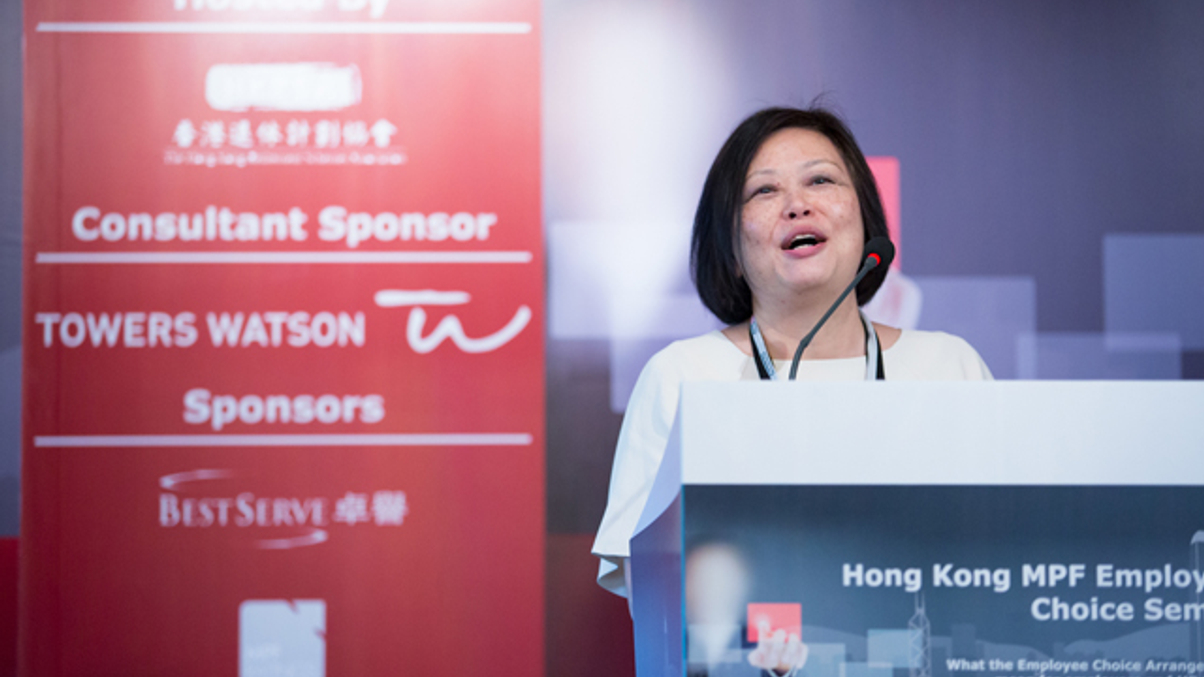MPF seeks to change "lump-sum payoff"
Contributors to Hong Kong's defined contribution scheme will likely be able to access their money in phased withdrawals. Previously they had to wait until 65.

Hong Kong’s Mandatory Provident Fund (MPF) system may soon change its payout schedule, which would allow contributors to access their money before retirement.
Sign in to read on!
Registered users get 2 free articles in 30 days.
Subscribers have full unlimited access to AsianInvestor
Not signed up? New users get 2 free articles per month, plus a 7-day unlimited free trial.
¬ Haymarket Media Limited. All rights reserved.


